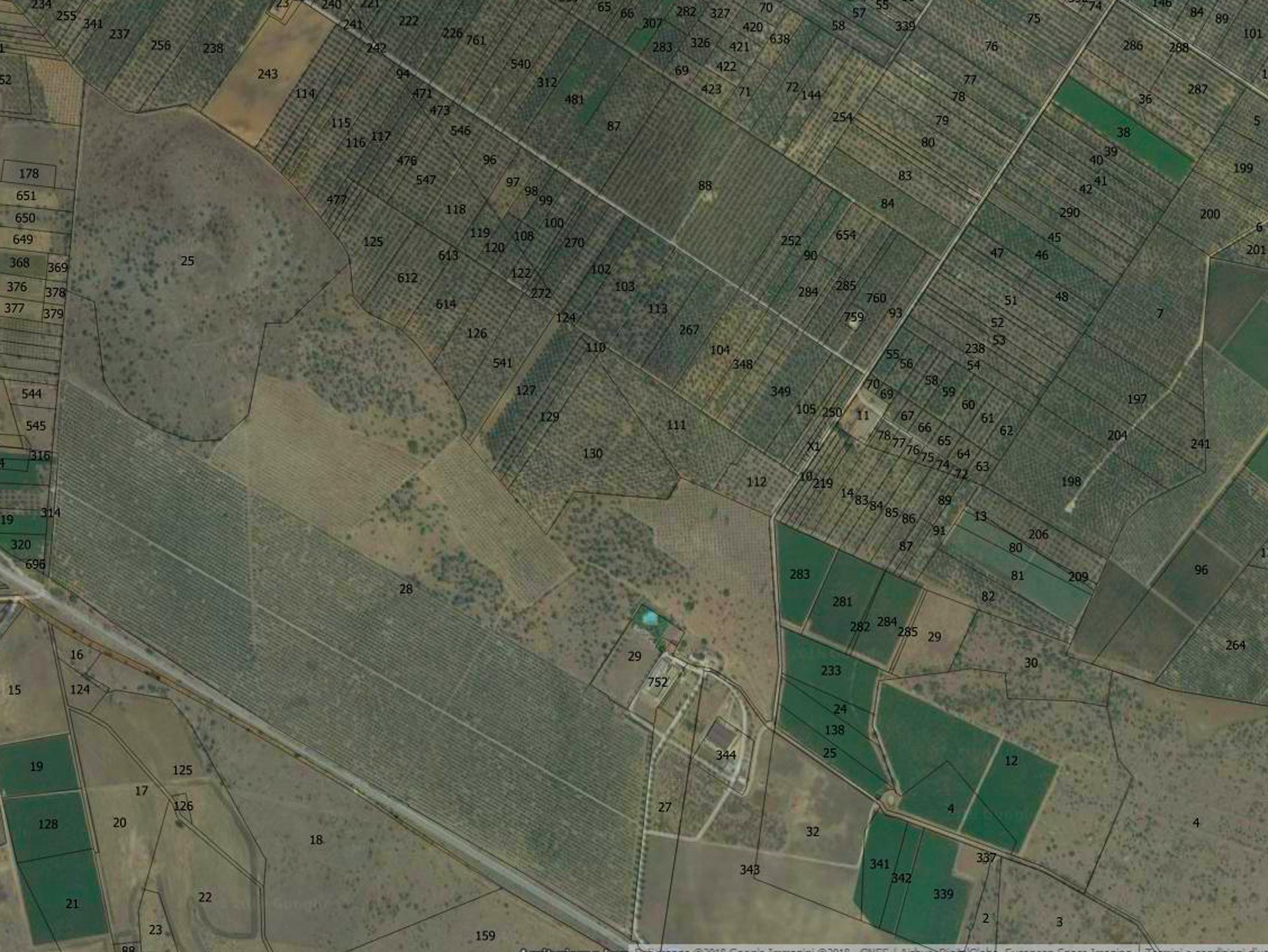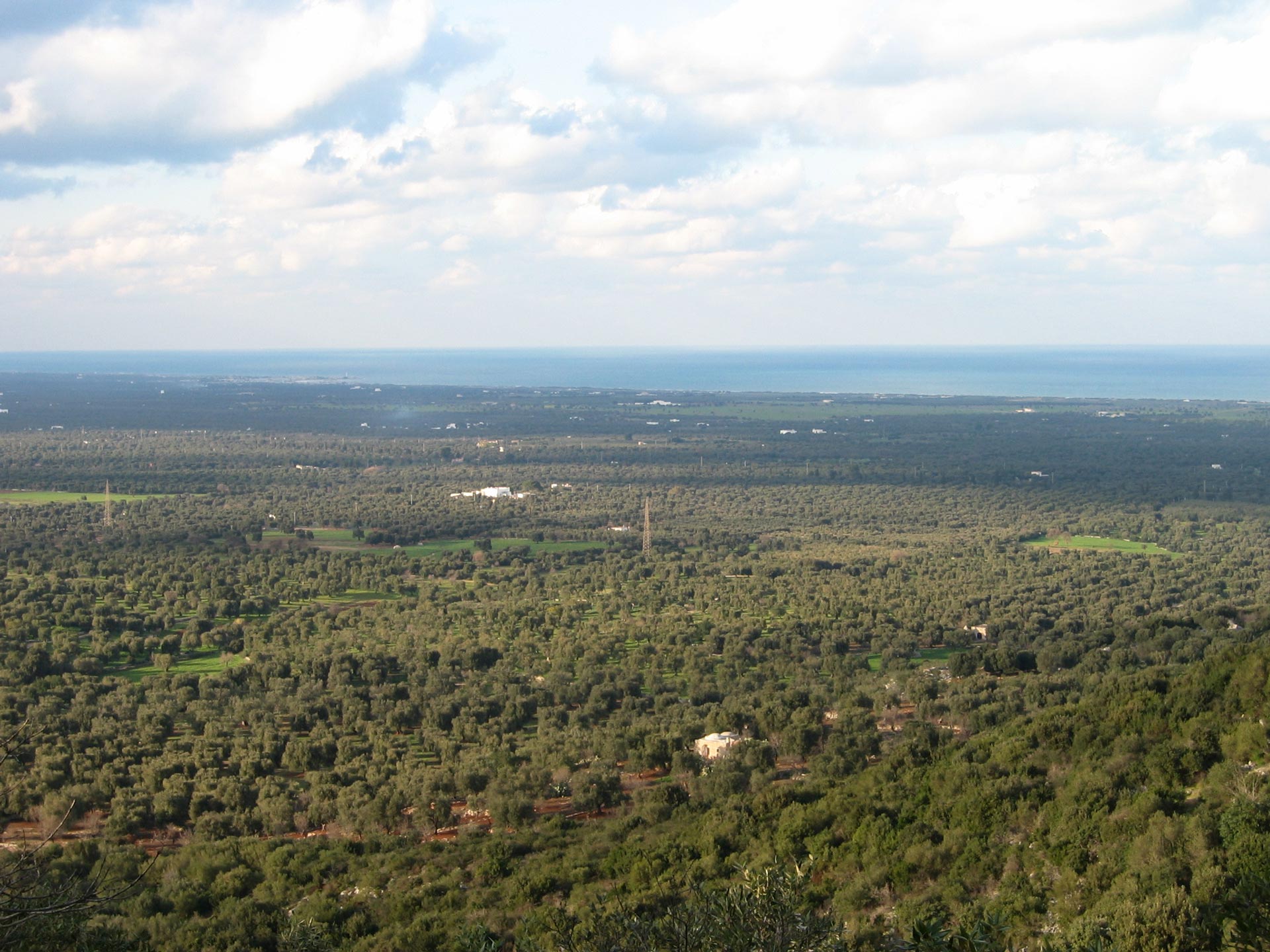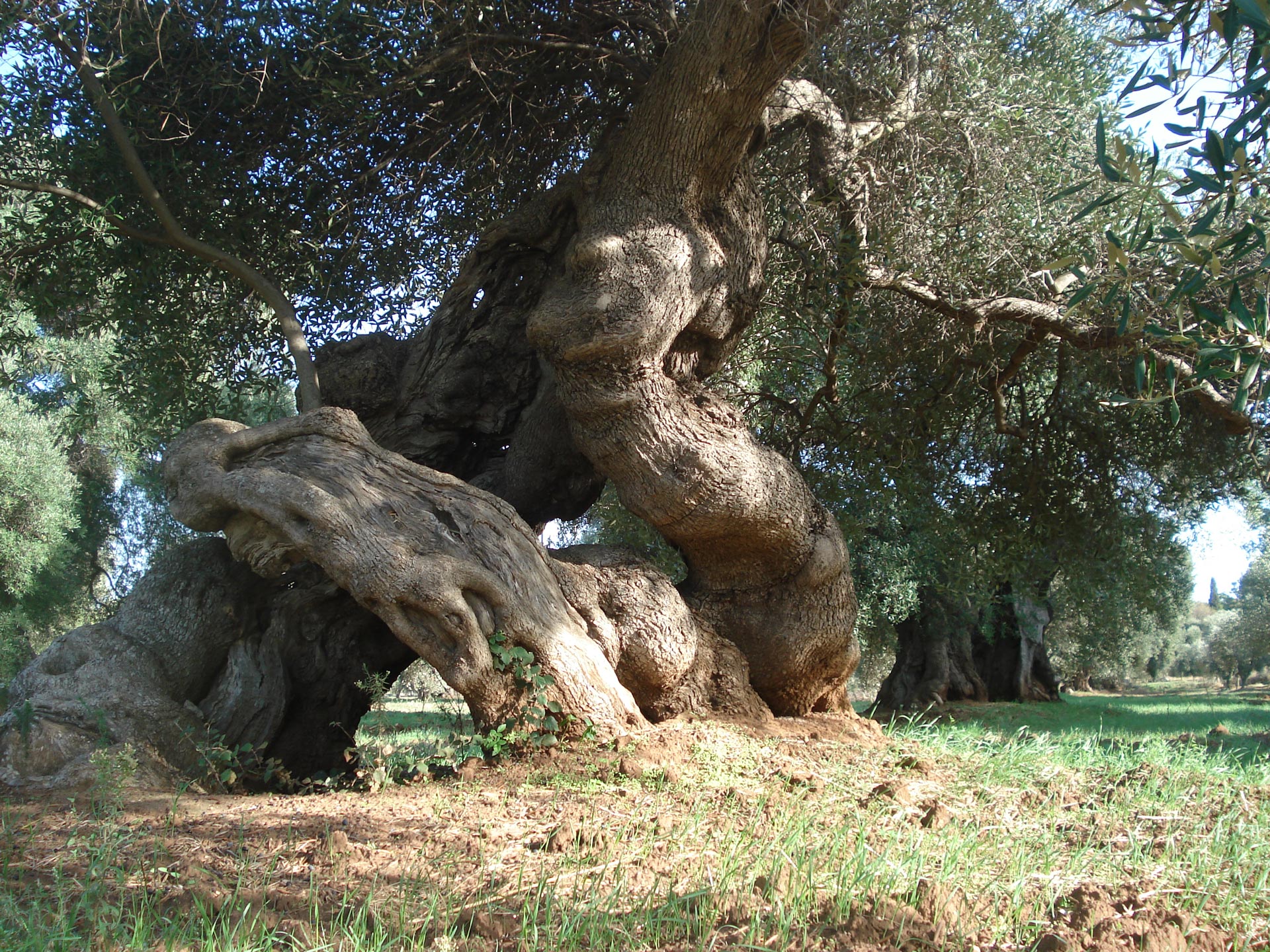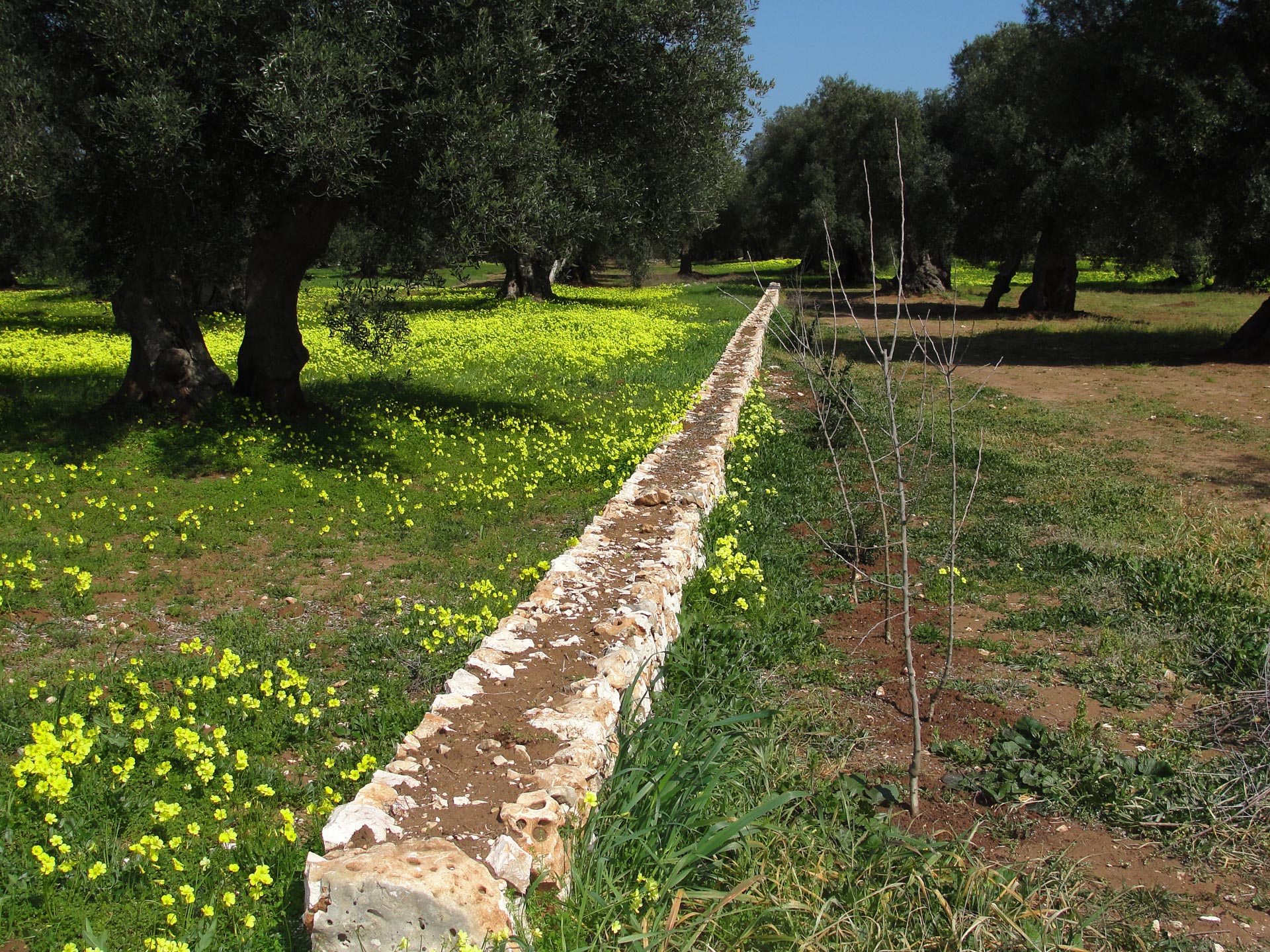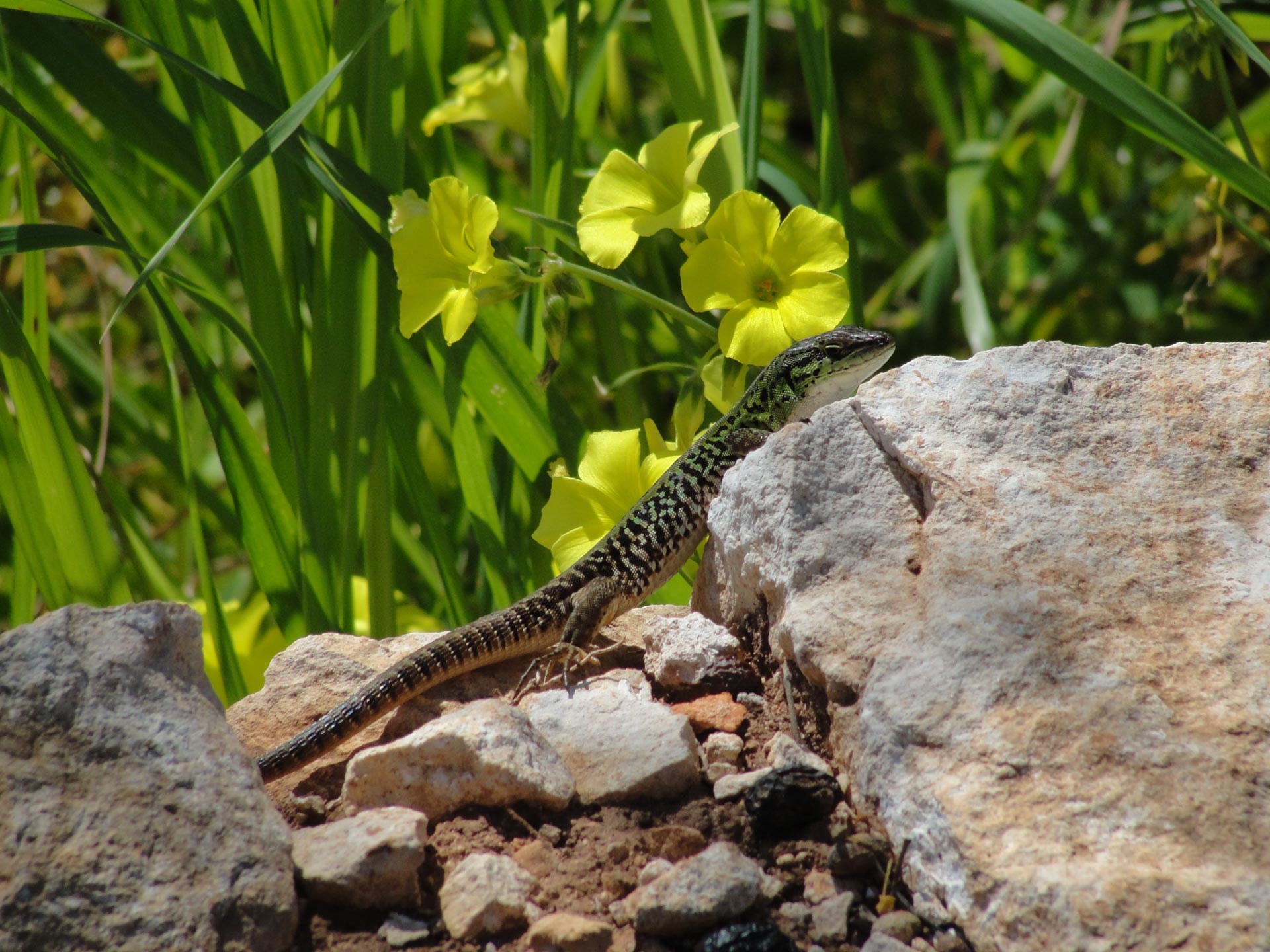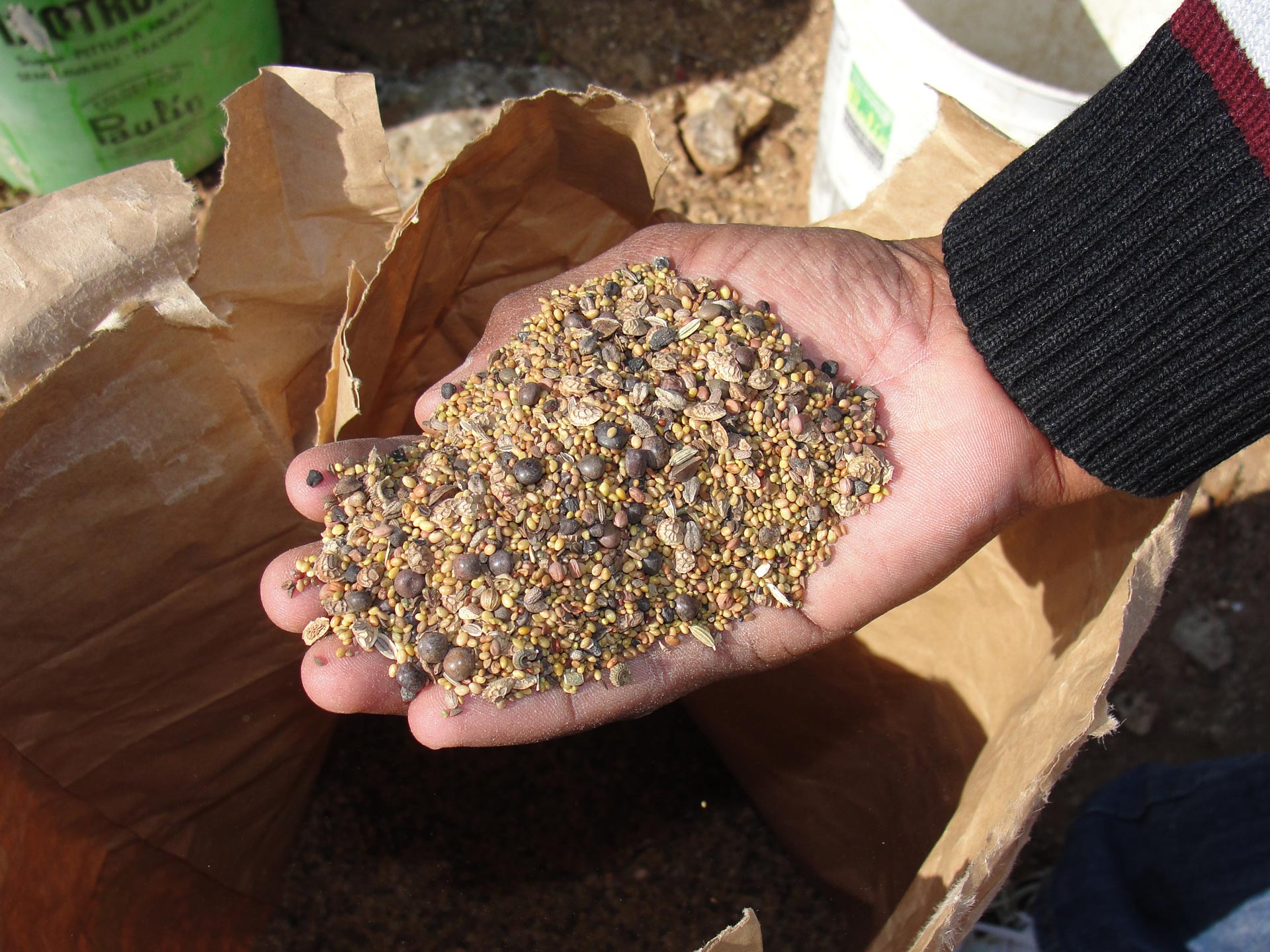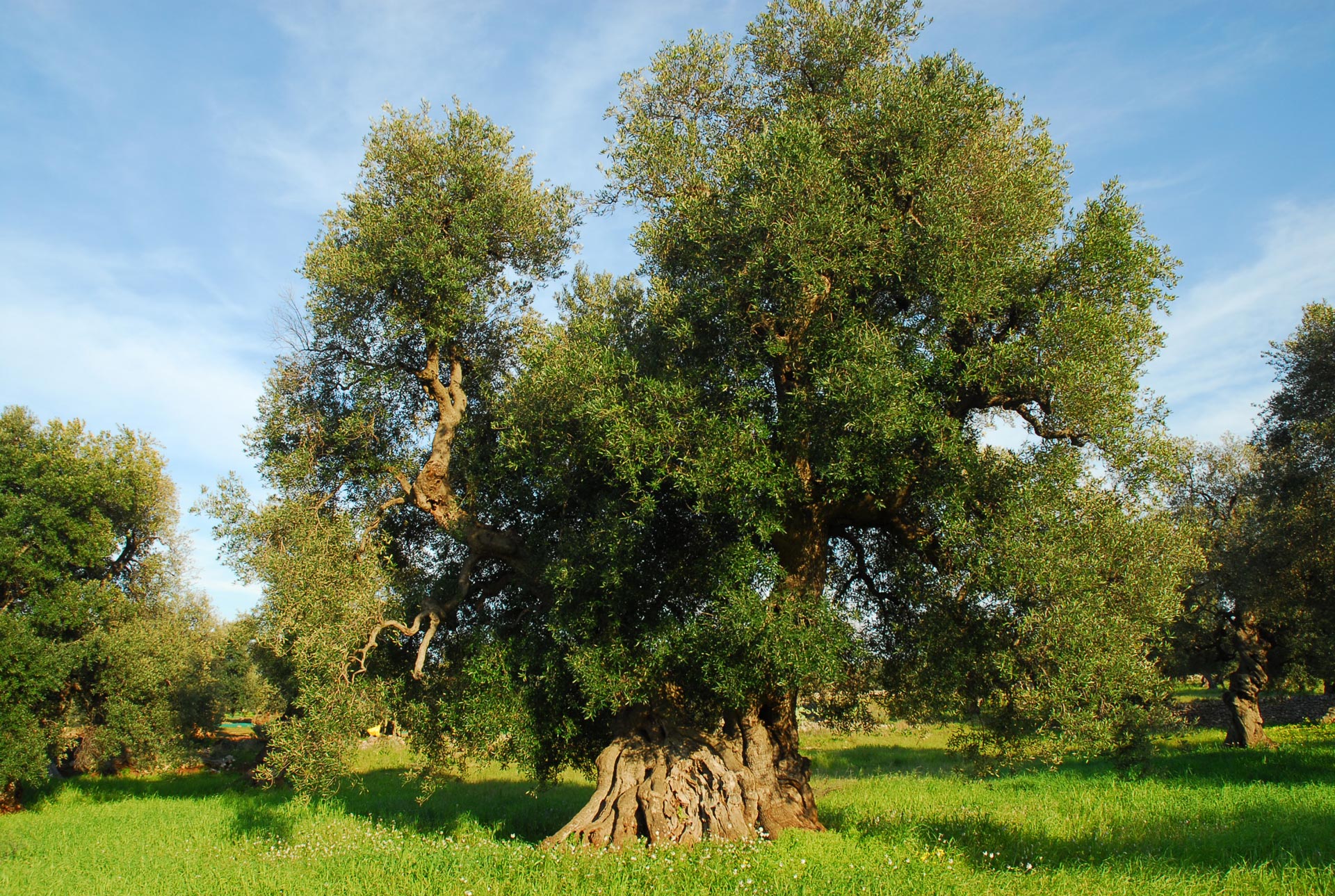ITaly / 5 min read
Biodiversity beyond crops: a mission to protect the fragile ecosystem of ancient olive groves
La biodiversità oltre alle colture: una missione per proteggere i delicati ecosistemi degli olivi millenari
Rebuilding layers of biodiversity to awaken one of the planet's oldest agricultural ecosystems.
![[Click to launch slideshow]](https://lexiconoffood.com/wp-content/uploads/2021/12/Ancient-Olive-Groves-Apulia_Title_Card.jpg)
